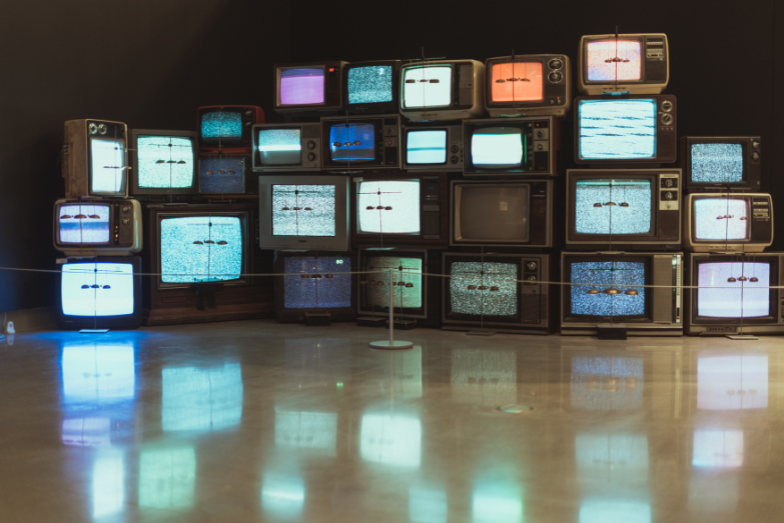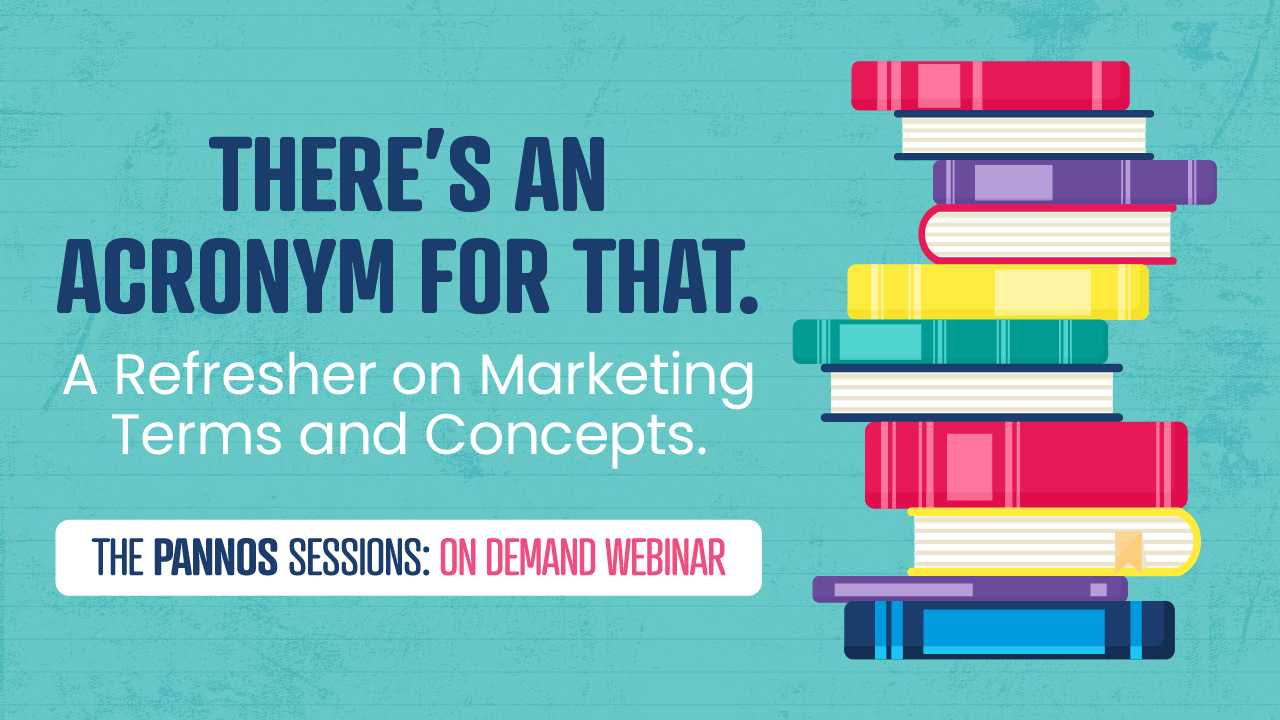
July 20, 2021
Have you ever been watching your favorite TV show on a streaming service and noticed the same commercial is playing over and over again? It’s not just you, it is a known issue and is somewhat bad news for advertisers. If you are not familiar, ad frequency is the number of times your ad is displayed to a user over a given period of time, be that a day, week or month. Ad frequency is determined by the product that is being advertised and where in the sales funnel the customer is. However, when an ad is displayed too often, it can cause frustration for consumers and even leave a bad impression on your brand. This is known as ad fatigue, and it can have a negative impact on how your ads perform.
In response, the industry has turned to frequency capping. This is just a fancy term to describe limits placed on how frequently viewers are being served a particular ad. Frequency is dependent on whom you are targeting. If you have a broad target of 25 to 60 year olds, you are less likely to run into frequency issues. Conversely, if you target viewers on The History Channel who have purchased Civil War memorabilia in the past 30 days, you are significantly restricting your demographic parameters. This could cause the same ad to repeatedly hit the same viewer.
Research shows that there is an inverse relationship between the number of times an ad is played vs the likelihood of a consumer making a purchase. Simulmedia saw in a TV campaign analysis that 4.1% of people are less likely to make a purchase if they saw an ad between six and ten times than those who saw that same ad between two and five times.
What are the key benefits of frequency capping? First, increased reach. By utilizing frequency capping, advertisers will have the ability to find new viewers and get more unique impressions. Higher view-through rates (VTR) are another benefit because frequency capping helps to keep the views unique. One of the most important benefits is a better ad experience for consumers. Frequency capping will deliver a less irritating and more diverse viewing experience, which will result in the likelihood of capturing the consumer’s attention and converting them.
Most streaming platforms have an established number of times they will run an ad, and you have to ask in order to get it changed. Hulu says it caps the frequency a user can see the same commercial at two times per hour, four times per day, or 25 times per week. Although most ad-based streaming services have caps in place, media buyers can purchase inventory from other sources. With this in mind, it is possible a viewer can see the same ad from the streamer, the device and the content owner. Another thing to keep in mind is that most US households have more than one streaming service and could be exposed to the same ads across multiple apps.
All of this is to say that, if we as marketers are annoyed by seeing the same ad served to us while binging our favorite show, then that means our audience is frustrated. Make sure you include some sort of frequency capping in your CTV and OTT ad campaigns, and take into consideration all the ways in which you’re purchasing these mediums. Don’t miss out on positive impressions and ROI by trying to push the same ad multiple times to a small target audience. There are other ways you can create an engaging experience.






